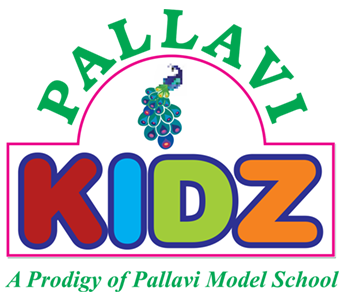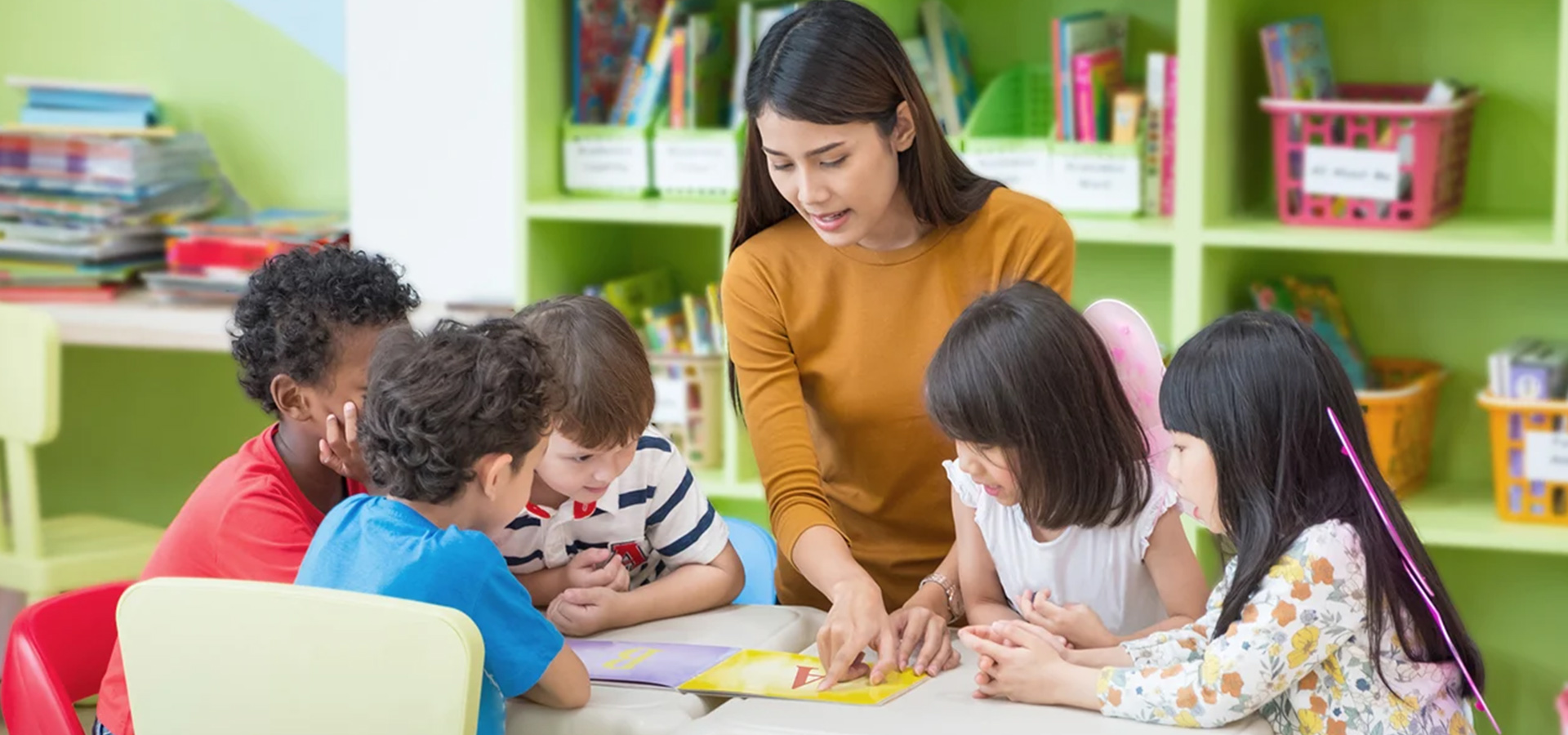6 Tips to Teach Kindergarten Math Without Curriculum.
When my oldest was beginning kindergarten, we were excitedly bought a variety of curriculum for them so I could find the best. We had more teacher’s manuals than we could count on one hand. As a result, there were many tears. We preserved. They loved learning (especially math), so they survived the year of double math (among other things). But each child is different. we knew that if we forced at the same methods and curriculam on second child, it would only cause them to hate school time. we needed a new solution. To our surprise, our best result has been to completely drop the kindergarten math curriculum. Here are some tips to make sure your kindergarten math time nurtures your five- or six-year-old child’s natural love for learning. Use games. Playing card games and board games helps our children gain basic number recognition as we count around a board, recognize doubles, and recognize common number pairs. Our current favorite game to play during math time is Skip-Bo, which builds on number sense in great ways!
Read Great Books: We love reading with our students . Much of the time, a great picture book can introduce a mathematical concept to a kindergarten-age child in a way that is more memorable than any worksheet-based curriculum could do You could even make up your own stories as you go about your days.
Make it Real: our students loves her analog watch. It helps that it is Minnie Mouse that shows her the time! As we make a schedule and set timers, they learns about passing time, time in general, and reading the time (very generally, at least, in terms of hours).
Consider having your child help cook to learn fractions, and counting the bottles of tomato sauce on a grocery run. Even things as simple as helping set the table (How many plates? How many knives?) can count as kindergarten math.
Get moving. Our children loves anything involving running or jumping around! Use your trampoline to practice counting by tens, or make your math practice a dance party.
After Planning As a new home school mom, we know, we would have panicked if someone had suggested ditching the curriculum. Kindergarten is the best place to do so, though, as many states do not require it anyway. In addition, kindergarten concepts are basic enough that you probably cover them on a daily basis. Any gaps that remain are certain to reviewed in first grade mathematics. To keep track of what you’ve done, sit down after the day is over and write down in your planner what you did. I call this my “after planing” method. I don’t usually plan out our day before we start: I let her choose what we do and we live life. Chances are you can find some way those things relate to math! Here are the basic concepts commonly addressed in kindergarten math curricula for a whole year. I hope as you read through this list, you’ll think of more ways you can play games, read great books, get moving, make it real, play, and after plan to do your kindergarten math without a curriculum together. It’s more fun than you’ll believe!
- Count to 20. (Start with counting to 5, then go from there).
- Understand how to count to 100.
- Add and subtract within 10 (using manipulatives or images).
- Add and subtract within 5 (fluently).
- Compare numbers (greater than and less than) under 20.
- Count on from a number (…5, ___, 7, 8 ….) rather than starting at the beginning (up to 20)
- Identify missing numbers in a sequence (up to 20)
- Draw pictures or use manipulatives to show addition (5+2=7)
- Find a number to make ten when given a number between 1 and 9 (number ten bonds)
- Understand that teen numbers are 10 + a number between 1 and 9.
- Compare sizes, such as length and weight, in general using words such as taller, bigger, or shorter.
- Identify, compare, sort, and create basic shapes and make new shapes from them.
- Recognize the hour and half hour on the clock.
- Identify values of pennies, nickles, and dimes.

